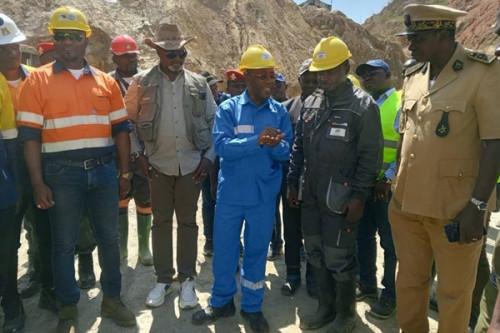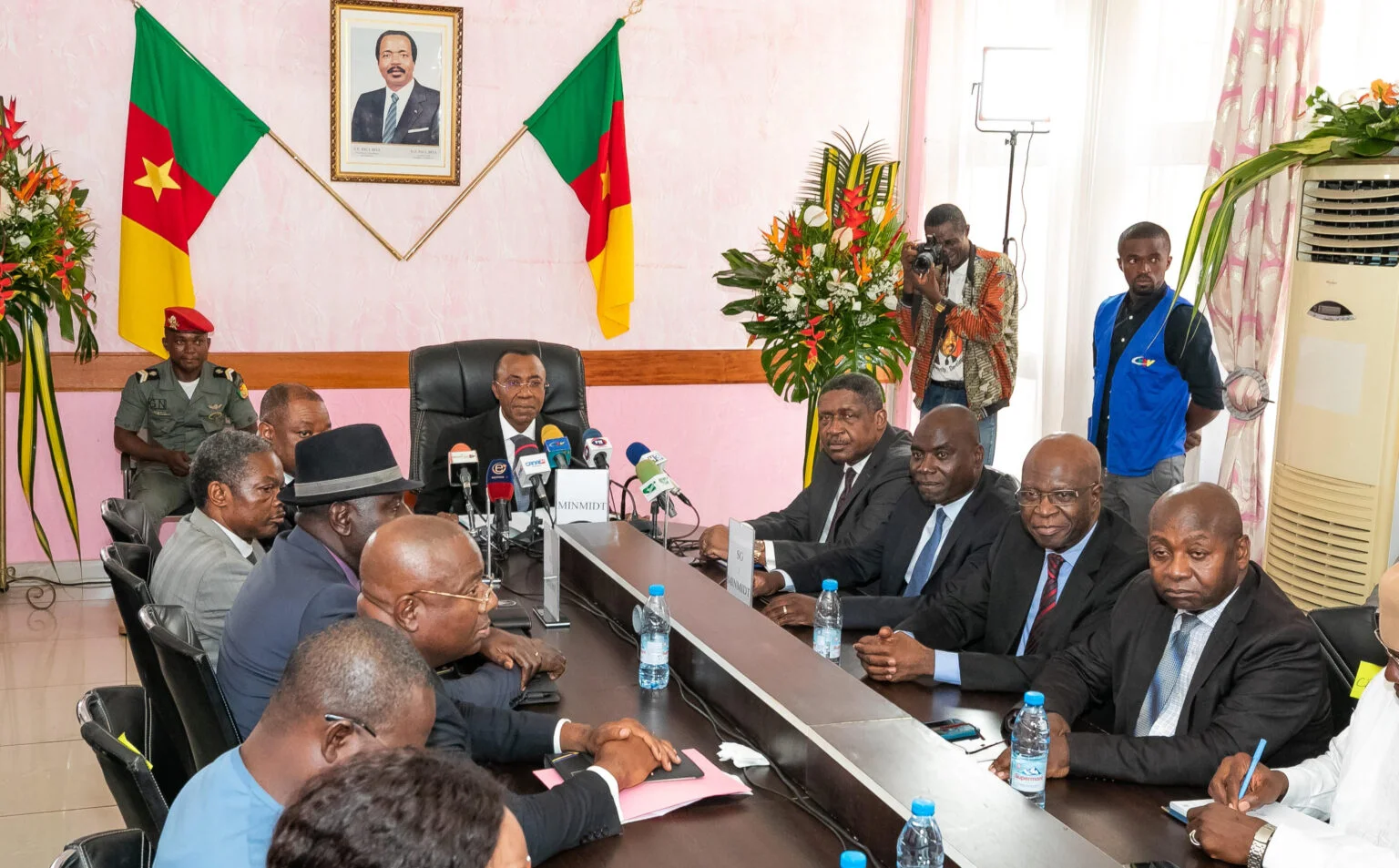Mines: Cameroon organizes its 4th international convention

(Business in Cameroon) – During a press conference held on February 15, the Acting Minister of Mines, Industry and Technological Development (Minmidt), Fuh Calistus Gentry, announced that the 4th International Convention of Mines and Exhibitions of Cameroon (Cimec) will be held from May 22 to 24 in Yaoundé. “ Transition from geological potential to the production of mining deposits as a means of strengthening economic growth in the sub-region ” is the central theme underlying this edition of Cimec, which aims to be one of the events most important mining companies in Central Africa, at the same level as the Africa Mining Indaba, the largest mining convention on the continent and the PDAC (Prospectors and Developers Association of Canada) in Toronto, the first global convention on exploration and mining. The member of the government also explains that Cimec, formerly called the International Mining Convention and Exhibition of Cameroon, was renamed to make Cameroon “ a welcoming land and a platform for exchanges [and] international reference negotiations in the mining sector” to boost the development of the sector.
Cimec 2024 will be held at a time when Cameroon announces its first iron exports. “ In fact, during the year 2023, four mining projects have started. These are the iron mining projects of Mbalam, Kribi-Lobe, and Bipindi Grand Zambi, the first commercial production of which is expected this year, and the project to exploit the small gold mine of Colomine already in production,” declared the government member. The Mbalam mining project, straddling Cameroon and Congo, would have the capacity to produce 40 million tonnes of iron ore annually over 12 years, in its first phase of development. The Lobe-Kribi iron mine, in the Southern region, can sustain operation for over 25 years, producing annually 10 million tonnes of raw iron ore for 4 million tonnes of concentrate “ to be exploited depending on market demand,” according to the Cameroonian authorities. The Bipindi Grand Zambi iron deposit, for its part, officially has reserves estimated at 1.2 billion tonnes.
According to Fuh Calistus Gentry, Cimec will thus serve as a pretext to present “ the new status of Cameroon as a mining producing country ”, given the delivery of the first tonnes of iron ore. It will also be a question, through this high mass of promotion of the sector, of praising the strong mining potential of the country which is still underexploited, and of attracting foreign direct investments. As such, the government member launched an appeal to financial institutions, stock exchange platforms, banks, insurers, and lawyers “ so that they become fully involved in the mining industry in Cameroon to enable mining companies to raise funds on financial platforms used to cover the risks incurred .”
Cameroon notably has significant deposits of iron ore, bauxite, diamonds, limestone, rutile, and nickel cobalt which, if well managed, could contribute to the country’s economic growth. Despite this strong potential, the contribution of the mining sector (excluding oil) to the country’s GDP remains marginal, less than 1%. Furthermore, the country is absent when it comes to discussing the major African mining states. In its long-term development vision (2035), Cameroon intends to become an emerging country with a strong industrial and mining sector.

A WordPress Commenter
Hi, this is a comment.
To get started with moderating, editing, and deleting comments, please visit the Comments screen in the dashboard.
Commenter avatars come from Gravatar.
Steve Han
Thanks for your comment